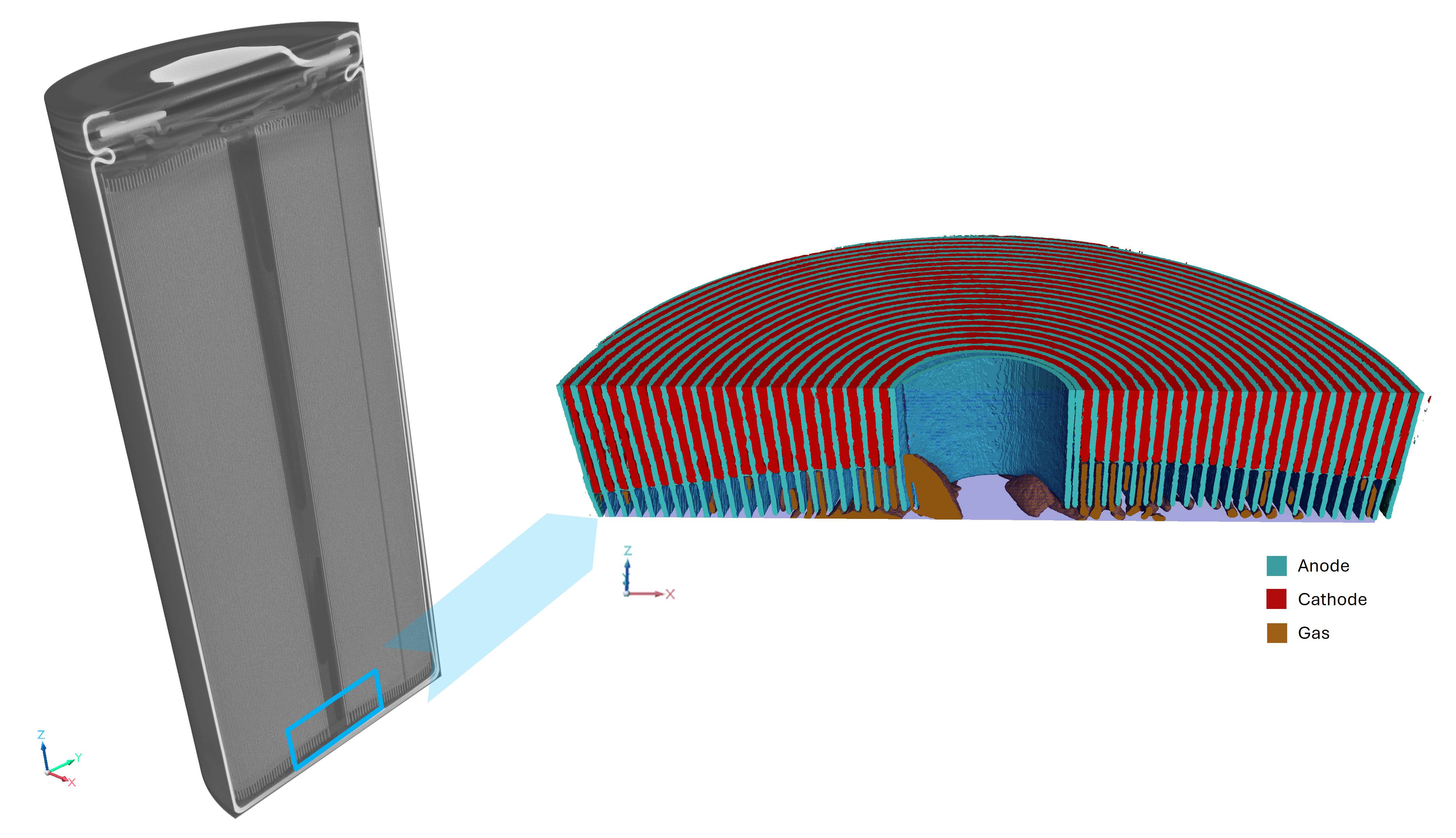Tescan AMBER X 2
TESCAN AMBER X 2 enables correlative structural and chemical analysis of lithium-ion battery components — ideal for SEI inspection, lamella preparation, and advanced degradation studies.
- Plasma FIB for fast lamella milling and volume sectioning
- Field-free UHR SEM with low-kV imaging for surface-sensitive features
- Integrated RSTEM for nanometer-scale subsurface analysis
- Compatible with inert sample transfer workflows












